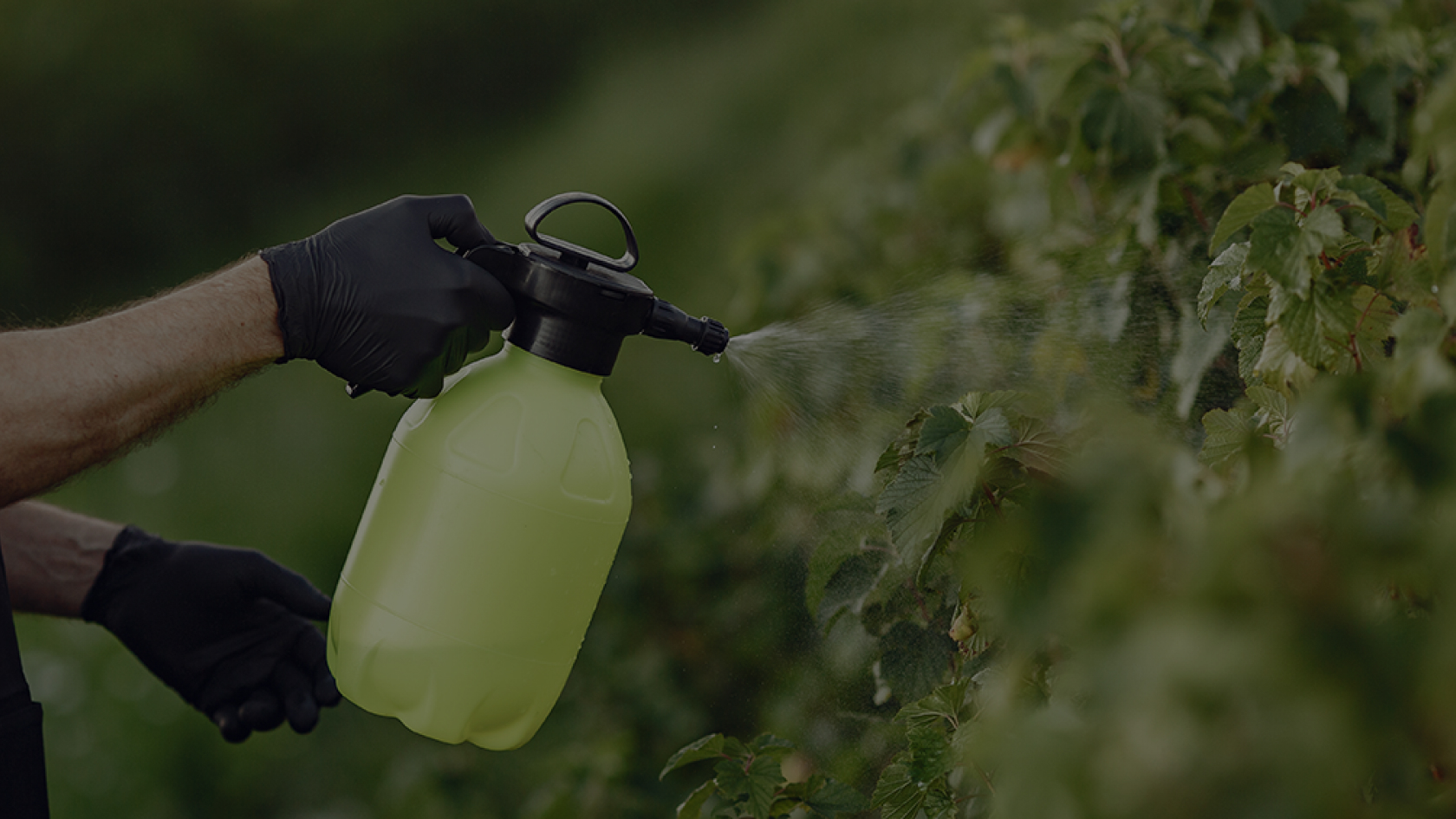I am sure you have already heard about foliar fertilization. Maybe even have already used this kind of fertilizer application on your crop. But have you ever wondered in which situation is best to apply the fertilizers directly to the plant? Which are the pros and cons of this method? This article will enlighten all of these points for you. - How it works Before deciding if it’s the best course of action for your crop, it is important to understand how foliar fertilization works.
Whenever we think about nutrient uptake, the organ that comes to mind is usually the root. However, sometimes the nutrients in the soil are not completely available for absorption. This is when foliar fertilization is most profitable. Nutritive solutions, normally made of macro and micronutrients or amino acids, solve the availability problems, by providing the plant with nutrients exactly where it needs it, which is the leaf.
This method is usually used as a complement to soil fertilization, as a fast and efficient solution, seeing that they are quickly assimilated by the plants. Also, it shows its best results in situations of stress (either by weather or transplanting) or when there is a severe deficiency of a particular nutrient that needs rapid correction.
Unlike root absorption, when the foliar fertilizer reaches the leaf, it has to go through the cuticle, a sort of plant barrier, and only then it can cross the cell wall, go to the cytoplasm and find its way either to the conductive vessels or the vacuole. This cuticle is made of wax and cutin, hydrophobic components, and also pectin and celluloses, both hydrophilic, guaranteeing permeability to all sorts of substances, whether they are polar, nonpolar, liposoluble or hydrosoluble. Nonetheless, the nutrients in the foliar fertilizers are dissolved in water, so the absorption will happen on the deepest parts of the cuticle where there are higher amounts of pectin and celluloses. - Factors that might influence foliar absorption Now that you are familiar with the uses of this type of fertilization and also understands how it works, it is time to get to know some factors (internal and external aspects of plants) that need to be addressed in order to have efficient fertilization.
- Leaf characteristics
The structure of the leaf can dictate how well the fertilizer will be absorbed. The thinner the cuticle, and also the more pectin and celluloses in its composition, the higher the absorption will be.
The quantity of leaf stomata is also very important. Not because the nutrient will enter the cell through the ostioles, since this organ is responsible for gas exchange and won’t absorb water, but because the stomata create a fracture in the cuticle, increasing the absorption rate.
Leaf age is another factor that should be considered. Younger leaves are more metabolically active and have thinner cuticles, making it easier for the nutrient to enter the plant.
- Nutrient characteristics
The mobility of the nutrient within the plant needs to be pondered, as some can circulate throughout the whole plant (like nitrogen, potassium, phosphorous and sodium), while others have a more localized action such as boron and calcium. Also, the time it takes for the nutrients to be absorbed can be a determining factor, once nutrients that take too long to be absorbed can end up being washed away.
- Fertilizer characteristics
Since foliar fertilizers are a solution of nutrients dissolved in water, the solubility of the nutrient source has to be high in order to obtain a good, homogeneous solution that will be well absorbed by the plant. Knowing the concentration of this solution is just as important, because highly concentrated fertilizers, when applied directly to the foliar tissue might “burn” the plant (due to the damaging effects of salinity), and low concentrated ones won’t show any results. Lastly, the fertilizer’s pH is also a determining factor. The higher the acidity, the harder it will be for the leaves to absorb it.
It seems like there are many boxes to check regarding the foliar fertilizer you plan to apply, but not to worry, there are a few things you can do if your fertilizer doesn’t meet the requirements for good absorption:
1. Chelation
This process consists on a type of bonding between a positive ion (zinc, copper, iron, calcium, manganese, magnesium…) and a negative charged organic molecule, known as a chelating agent. You can use this method to form a stable water-soluble complex, that will be easily absorbed by the plant in case the foliar fertilizer you plan on using doesn’t have these attributes.
2. Adjuvants
Adjuvants are non-phytosanitary compounds that can be added to the fertilizer to improve its activity, by increasing the surface contact, leaf penetration and reducing runoff.
If you don’t want to worry about any of these aspects, try the i-Plant Nutrition, in which our exclusive algorithm will consider all of these topics for you and create the perfect fertilization plan for your crop.
- Climate
The last, yet not less critical factor to consider for foliar fertilization is the weather. Humidity to be more precise. Pectin hydration is the key to good absorption. Whenever this polysaccharide present in the cuticle is hydrated, its volume increases, consequently making the layers of waxless dense, facilitating the entrance of nutrients. Also, when pectin is hydrated it forms polar poles all the way to the cuticle’s surface, and the fertilizer will enter the plant through them.
So, in times of drought or situations of low humidity, it might not be appropriate to apply foliar fertilizers. Moreover, early morning and late afternoon are the best times for this kind of application, because it’s not too hot in a way that will affect plant transpiration, there is good humidity and also good light incidence, which will enhance the metabolism of the plant and improve absorption. - Pros and cons In summary, now that many points regarding foliar fertilization have been introduced, here is a list with the major pros and cons of this method (compared to soil fertilization) for you to decide if it is a good option for your crop:
Pros
- Lower doses required
- Easier uniformization and distribution
- Rapid response
- Nutrient deficiency correction in short term
- Provides nutrients that would sometimes be unavailable in the soil
- Better use of the nutrients applied
Cons
- Higher cost of fertilizers and application
- Very young leaves that are not fully developed don’t have to capacity to absorb nutrients yet and might be damaged
- Lower residual effect
- Might have incompatibility with other products
Regardless of the method of application you choose, the i-Plant Nutrition can help you achieve the highest yields with a unique fertilization plan for your crop! Check out our software here.






